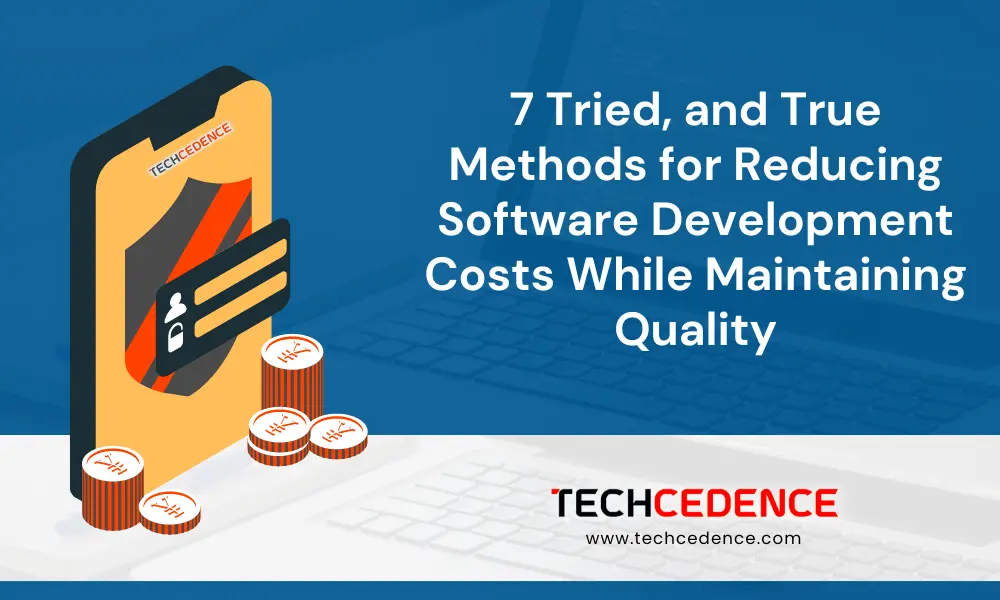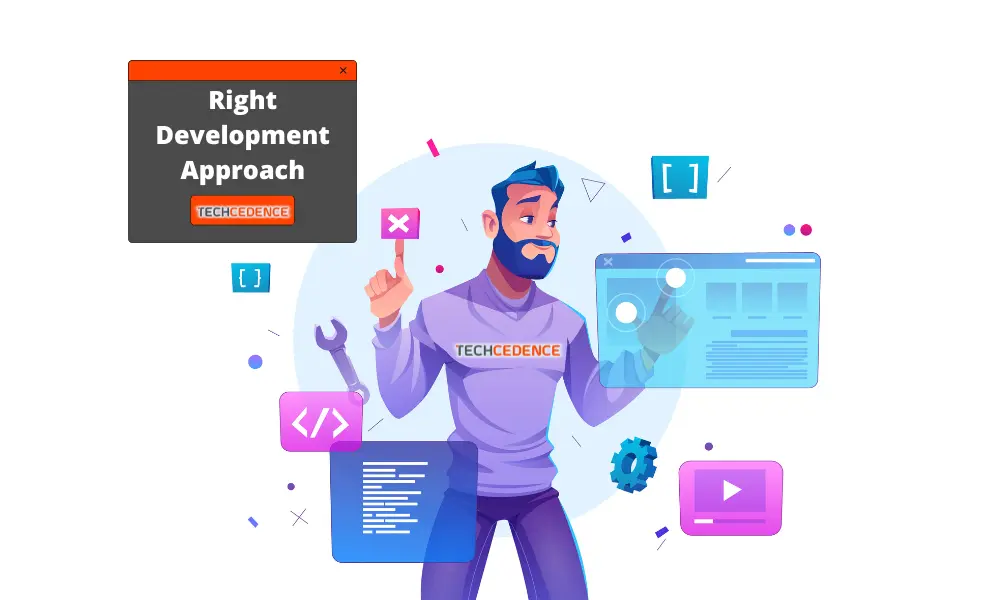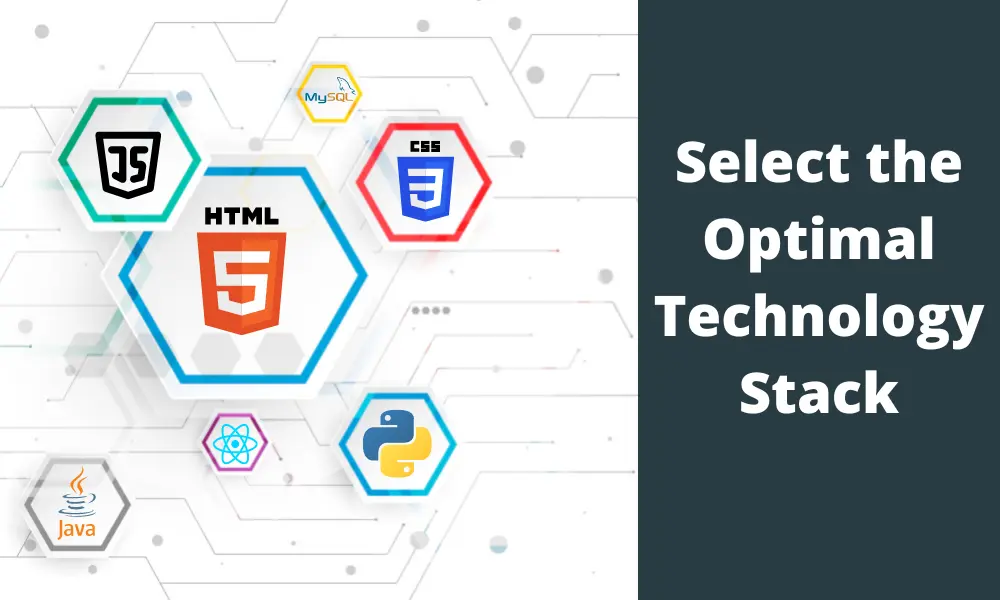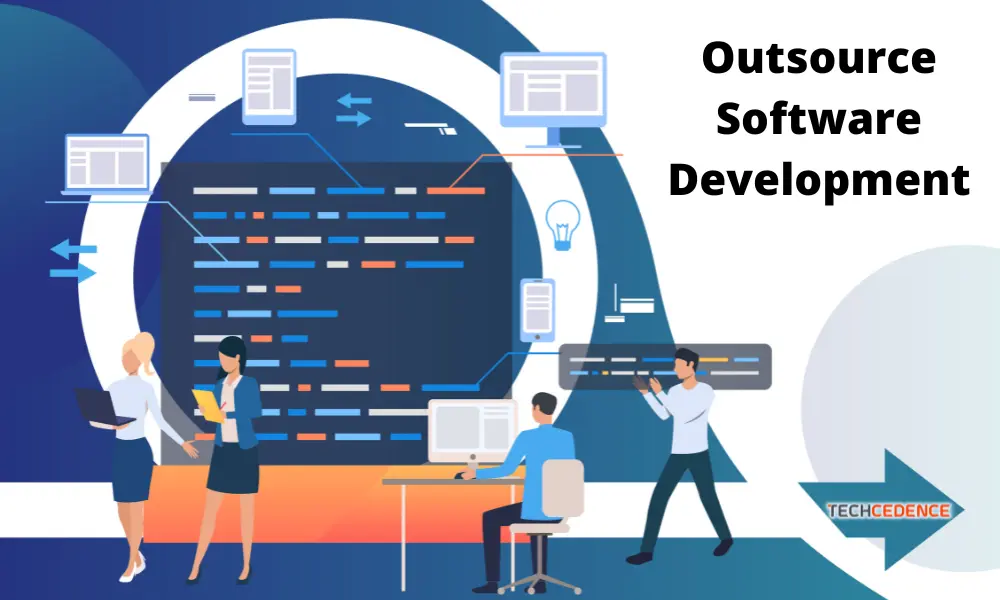
Categories : Development
Author : Date : Jan 9, 2023
Software development, especially custom software, could become an expensive affair, considering the various unique elements involved. The more specific you get in terms of resources and technologies, the higher the software development costs.
Now you know you need a custom software solution. You cannot help that. But on the other hand, you cannot let the development cost blow out of proportion either! Besides, you have quality as an aspect to combat!
So, how do you control software development costs, especially while maintaining the desired levels of quality? Here are seven tested and proven ways.
Do you budget a journey first and then plan it? Of course, not! You wouldn’t know what elements to involve in the budget if you do not have a plan in place.
Software development also resembles a journey wherein you first put up a proper plan in place and then take up the budgeting aspect. The right way of doing it is to gather all the stakeholders and take valuable inputs concerning the software development plan, objectives, and the returns you expect from the venture.
You can have a software development consultant by your side, with whom you can coordinate while preparing the plan and the budget.
The consultant can help you categorize every aspect and prepare the cost estimate so that you can dedicate a particular monetary sum to each while keeping some buffer to accommodate unforeseen costs.

Software development has evolved significantly over the years. A crucial part of its evolution is the various development approaches. The most popular and highly cost-effective among these is the Agile methodology.
Agile is an iterative approach to software development. It enables the teams to deliver better and quicker value to their customers with fewer hassles to resolve. The approach involves creating smaller goals and delivering them instead of relying on the big launch.
Agile development also includes continuous evaluation of plans, requirements, and results so that nothing comes in as an unpleasant surprise at the last moment.
In other words, you exercise better control over the development part while controlling costs and maintaining quality.
An MVP, as you may already know, is a Minimum Viability Product. It is representative of the actual product with fewer features and functionalities good enough to help you generate and receive target user feedback and response.
Building an MVP helps immensely. It helps you gather real-time user sentiment and enables you to identify areas that require changes, improvements, etc. The launch becomes much more informed with an MVP insight on hand.
After all, you want your software to resonate with your users, who could be your employees, clients, etc. An MVP helps you save a considerable amount of costs otherwise incurred in making changes or redevelopment after the launch.
Out there, there’s so much to look at and use. Features aren’t an exception. Software development has progressed to the extent that software development companies can develop and integrate almost any feature their client wants.
But here, what matters is what you and your users need in terms of features and functionalities. The more feature-rich your software application, the more expensive it gets. Thus, the key is to identify what you need during the initial stage.
You might launch with a particular set of features and functionalities and then add or remove them per user needs, feedback, and evolving requirements. It will help you control costs while ensuring you deliver precisely what is required.

When it comes to software development costs, technology plays a role equally decisive as features and functionalities. Thus, you should choose the right technologies with an expert and experienced software consultant by your side.
The more popular the technology, the easier it is to find its developers and community support. But don’t let popularity alone drive your decision. Evaluate every technology to understand if it will serve your purpose or not.
Every error found in the software application will cost you money. But imagine a bug is identified after the application has launched! The result is a huge amount of costs involved in resolving it. One secure approach to prevent such situations is to include quality from the early stages and keep it a part of the development process.

Outsourcing software development to a software development company benefits you in various ways. It saves efforts in building an in-house team and reduces overall project costs, as salaries, employee benefits, and infrastructural costs are the outsourcing company’s onus. But simultaneously, outsourcing allows you to broaden your talent access. You can have more experienced developers and testers onboard while restricting your role to reviewing the project progress and results. Thus, outsourcing helps ensure quality and, at the same time, cost-effectiveness.
Build cost-effective yet superior quality, scalable and robust custom software applications for your business domains with Techcedence. Our team of consultants, developers, testers, and other vital members help you make the right choices, execute your project on time, ensure product quality and help control cost across every stage.
We offer various engagement models to let you choose the best-suited from the cost, project control, and product quality perspective. Email us at sales@techcedence.com to learn more about our software development capabilities.